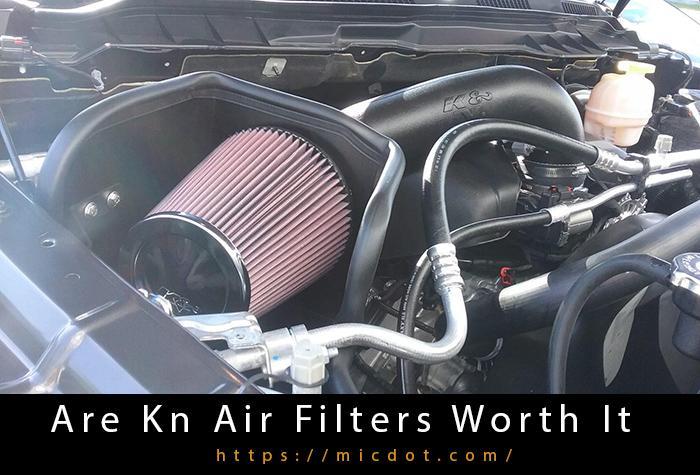Catalytic converters may benefit from lacquer thinner, according to some. You may have seen a brief YouTube video about it or read about it in a random social media post. You might wonder whether or not it’s true when you put it into a gas tank. What may be the reason behind this?
What happens if you put lacquer thinner in a gas tank? If you put lacquer thinner in a gas tank, you’re putting your entire fuel system at risk. Rubber and plastic are common materials in modern gasoline systems. Damage to your engine could be caused by lacquer thinner. Instead of pursuing it, have your engine cleaned by a professional.
You Are Watching: Lacquer Thinner In Gas Tank Updated 04/2024
Each brand’s lacquer thinner has its own unique composition. Some brands have less corrosive compounds, while others may contain corrosive ones, such as Acetone, in their products. The rubber and plastic parts of your engine can melt if you use these corrosive components. Because of this, mixing these thinners with your fuel can be a poor idea.
Lacquer thinner is a common household product, but it can cause serious damage to your gas tank if you put it in there. If someone were to accidentally put lacquer thinner in your gas tank, you’d have a better idea of the dangers it poses and what steps to take to mitigate them.
Let’s get started right away!
What happens if you put lacquer thinner into a gas tank?
To put it another way, imagine that you put lacquer thinner in an automobile gas tank. You run the danger of damaging your engine by allowing the tank to rust, corrode, and eventually degrade.
It’s important to keep in mind that lacquer thinner contains corrosive elements like acetone. Since most of your fuel system components may have been harmed, you may need to replace them.
As an example, the tank wiring, the pump, and the tank’s fuel filter might all be tampered with. It is possible to melt the glue that binds the various parts together as well.
Fuel pressure regulator, oxygen sensors, and even injectors could be harmed by a contaminated fuel supply.
Using lacquer thinner on your car’s exhaust valves and possibly the core of the converter might cause serious damage if the temperature continues to climb.
Aside from that, it has the capacity to cause a lot of damage. Pouring lacquer thinner into a gas tank can have both immediate and long-term implications.
Short term effects
Read More : Prius Won’t Turn Off: How to Turn Off a Prius Updated 04/2024
In the near run, the consequences of lacquer thinner in a gas tank can vary. No harm will be done by a little amount of lacquer thinner in a petrol tank.
However, a smoky exhaust and a slow engine may be noticeable. Even if the lacquer thinner isn’t harmful, it’s still a bad idea to use a modest amount of it.
Long term effects
Assume your gas tank contains a little amount of lacquer thinner. Polluting your fuel in this case might lead to poor performance and finally lead to engine failure.
Using lacquer thinner on the engine is a bad idea. In the long and near term, your vehicle will be harmed.
Is lacquer thinner safe to use in a gas tank?
Yes, lacquer thinner in a gas tank can affect your vehicle’s internal combustion. Acetone and other acidic chemicals are found in lacquer thinners.
Rubber fittings and plastic components are common in newer vehicles’ fuel systems. Lacquer thinner, for example, is a corrosive material that can harm it.
For example, it could cause rubber and plastic fittings to deteriorate and melt, which could cause harm to other components.
How much lacquer thinner in a gas tank will ruin it?

Lacquer thinner has the potential to damage an engine with a single can. The consequences of running your engine on lacquer thinner-tainted petrol are dire. Your engine may be temporarily disabled in this situation.
Engine contamination can be caused by a simple mix of lacquer thinner and gasoline. Aside from causing severe concerns and problems, it can also have an adverse effect on the car’s overall performance.
Due to its lighter diesel mix, lacquer thinner is incompatible with spark-ignition engines. To put it another way, a lacquer-thinner tank is a surefire failure to start. Since you’ve already had two fills of lacquer thinner-contaminated fuel, your car will not run properly.
Can you tell if someone put lacquer thinner in your gas tank?
Read More : How To Do A Three Point Turn Updated 04/2024
In fact, lacquer thinner might be detected in your gas tank by a simple visual inspection. Lacquer thinner will react with gasoline if this occurs. When the engine is started, the lacquer thinner might affect the gasoline by causing poor combustion and smoky exhaust.
Poor combustion will cause your car to emit a lot of smoke. If your car is still running and putting out a lot of smoke, you should stop it and have a look at it. Another hazard is that lacquer thinner might clog the engine if it is not burned properly.
There are residues left behind by lacquer thinner that may clog your engine. Damage to your vehicle is likely to occur as a result of this.
The gas tank should be turned off and investigated as quickly as possible if you suspect someone has put lacquer thinner in it.
How to get the lacquer thinner out of a gas tank?
You should remove lacquer thinner from your gas tank as soon as possible if it’s in there. Although it may be a lengthy procedure, it can be done.
The gas tank should be drained and the engine shut down. The gasoline filter is also likely to need to be replaced.
Having the ability to access your gas tank from the top of the trunk is a great feature. If that’s the case, you’re more than welcome to have a peek inside. It’s usually found under the back seat in some vehicles.
Fuel may react with lacquer thinner in the tank, and it happens in the vast majority of situations. Because of this, you will have to remove the old gasoline and add fresh.
Conclusion
There is no space in a gas tank for lacquer thinners. Damage to the entire fuel system might spread to the engine if lacquer thinner is found in a gas tank.
In addition, because modern gasoline systems include rubber and plastic components, the thinner can melt or dissolve these components. As a result, it’s best not to put anything in your car, and to secure it so that no one can access it.
In the end, don’t put lacquer thinner or any other thinner in your gas tank at all. This will help you avoid problems with your engine and fuel system in the future.
Sources: https://micdot.com
Category: Car










